A few tips to help you produce your horse neat and tidy ready for the show ring.
Plaiting
If you are intending to plait your horse on a regular basis, it is a good idea to have a reasonably short mane to do this with as otherwise you will end up with huge “golf ball” size plaits which do no justice at all to the overall turnout.
Mane Pulling
If you are going to pull a mane, it can be quite uncomfortable for the horse, so to make it as bearable as possible, ensure the horse has been exercised first and he is warm which will allow the pores of skin to be soft and more open, this will help with the removal of the hair.
You will really need to leave around 3 - 5” of mane, so looking at the overall picture, start at either the bottom or top depending which you find easiest. Take hold of the long straggly hairs and back comb and then twist around the metal comb and then pull sharply. Don’t take too much at a time, it's quicker and easier in the long term to take small bits. Continue along until you have a level finish.
If the horse objects violently to this, there are more humane methods of thinning out a thick mane. You can use a “Smart Manes” tool which you use on the wrong side – brush mane over with a brush on to the wrong side and then just comb the Smart Manes through the hair evenly, this just thins it all through and then you can make it level by brushing back on to the “right” side and then backcombing and cutting with scissors or a thinning knife, alternatively an old clipper blade will also do a good job of cutting and levelling a few long hairs.
Once the mane is tidy, damp it down with a water brush and leave to settle. If the mane and crest is very thick don’t pull the mane too short otherwise it will just stick up. If the mane is long and very thin, it's best to make it shorter using a razor comb or thinning knife, or cut with scissors. Although it might seem a bit drastic to take scissors to a mane, it can be done in such a way that it doesn’t look cut by back combing as normal to leave the long straggly bit to pull, but instead of pulling it out, just cut and repeat all the way along. This will give you a UK traditional pulled look. If you are trimming for the European market, then the look is more of a straight cut finish to the mane, so it remains totally straight with the more precise “cut” look.
Trimming and Tidying
Other areas for trimming include under the jaw, ears whiskers and the feathers down the backs of the legs.
Trim with care, as this depends on the breed and what classes you are intending to do. Most Mountain & Moorland classes will allow a certain amount of “careful” trimming, which means taking as little away as possible. It’s best to check with the breed society first before doing anything drastic!
For other show classes, most expect a certain amount of tidying – this would include trimming with either scissors or a small trimmer under the jaw to make a straight tidy jaw line. Trimming the edge of the ears to give definition. (Try not to clip inside the ears, as you really won’t lose marks for this and it only fair on the horse during the summer to give them protection from flies and bugs). Whiskers may also need to be removed – using a razor for this purpose is a good way and safer than scissors!
We also find that using a razor such as an Equi-shave, the coronet band and soft leg hair can be swiftly and neatly tidied without the bother of using trimmers.
You may also like to trim a bridle path which is just behind the ears and makes it easy to keep a neat area to place the headpiece of the bridle on. Lastly looking down the legs, some animals grow excessive amounts of hair which can make the legs look rather coarse, and with a bit of trimming or clipping depending on how much needs to be removed, can totally transform the appearance of a horse from a rather plain looking cob into a very smart hunter.
If you are tidying legs, try to use a trimmer with add on plastic combs and clip downwards, this will mean that you won’t get a jagged look, and is very quick and easy to do. For lots of hair on heavy cobs, you may have to use a full size clipper and again, you can clip downwards to give a smooth finish.
Tails
Lastly for tails – again depending on what classes you are entering – most ridden classes except M&M’s would usually be pulled. This means removing all the bushiness around the top third of the tail leaving neatness and definition which also shows off the quarters.
Again, there are different ways to achieve this look – you can go down the traditional root of pulling using a mane comb or finger and thumb with rubber gloves on. If you do this over several days and incorporate it as part of the grooming session, the horse will not be sore and will tolerate it more readily. If you don’t want to cause any discomfort but still want the “pulled” tail finish, then use a Smart Tails, tail rake to comb down through the sides of the tail and this will thin it out and give it a very tidy show ring finish within minutes and your horse won’t even know its been done.
For a pulled tail, work your way down the side down as far as the end of the dock, or a bit higher if you don’t want to go that far down. Damp the tail and tail bandage, to keep it in shape. Remove bandage after an hour or so and check, and then make final touches as necessary.
For the final finish make sure the tail is cut squarely at the bottom and finished to the right length. If it is thick then use a set of clippers to cut across the bottom, it is so much easier than struggling with scissors.
To get the correct height, get a friend to put a showing cane, or piece of hose under the tail to lift it to the height your horse would normally carry his tail. Then cut the end of the tail square at about an inch below the hock but again, the length is dictated by the class or type of activity the horse or pony will be either competing or working in.
Ensure the tail is conditioned well which will then help with keeping it in tip top condition and easy to brush through by either using a spray or wash in conditioner. Avoid brushing the bottom half of the tail without thoroughly conditioning first as precious long hairs will be lost very quickly.
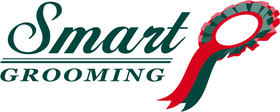

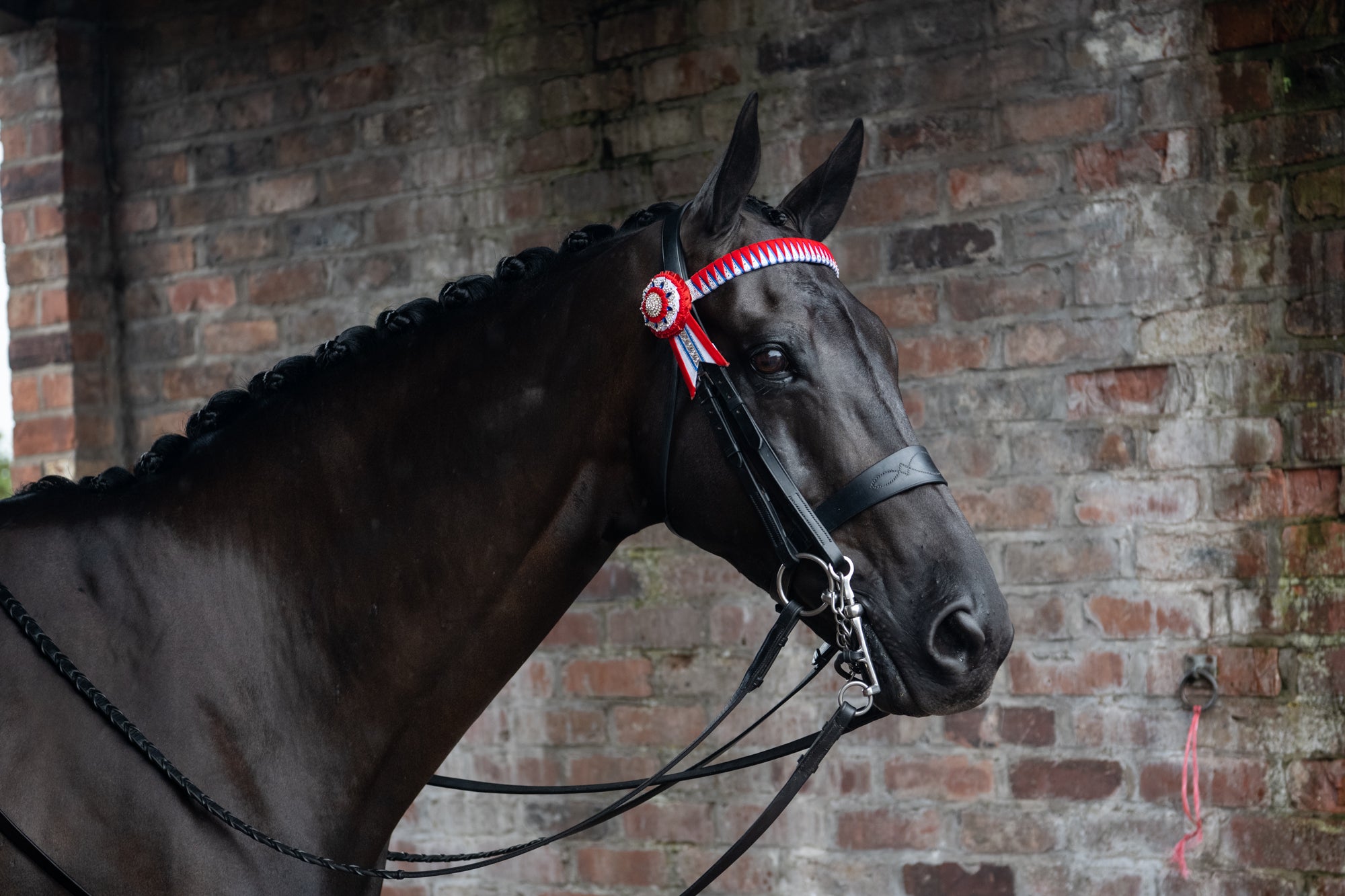
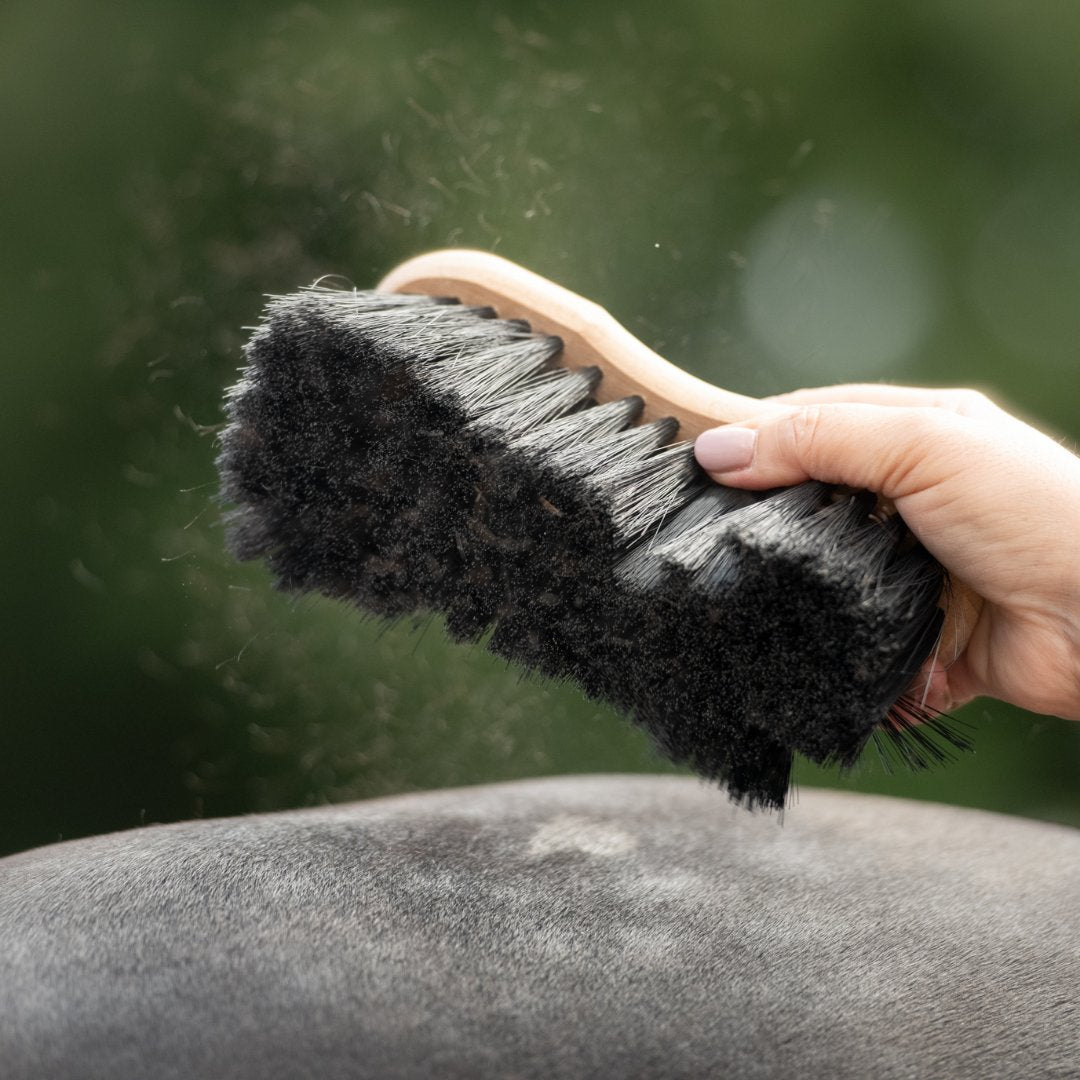
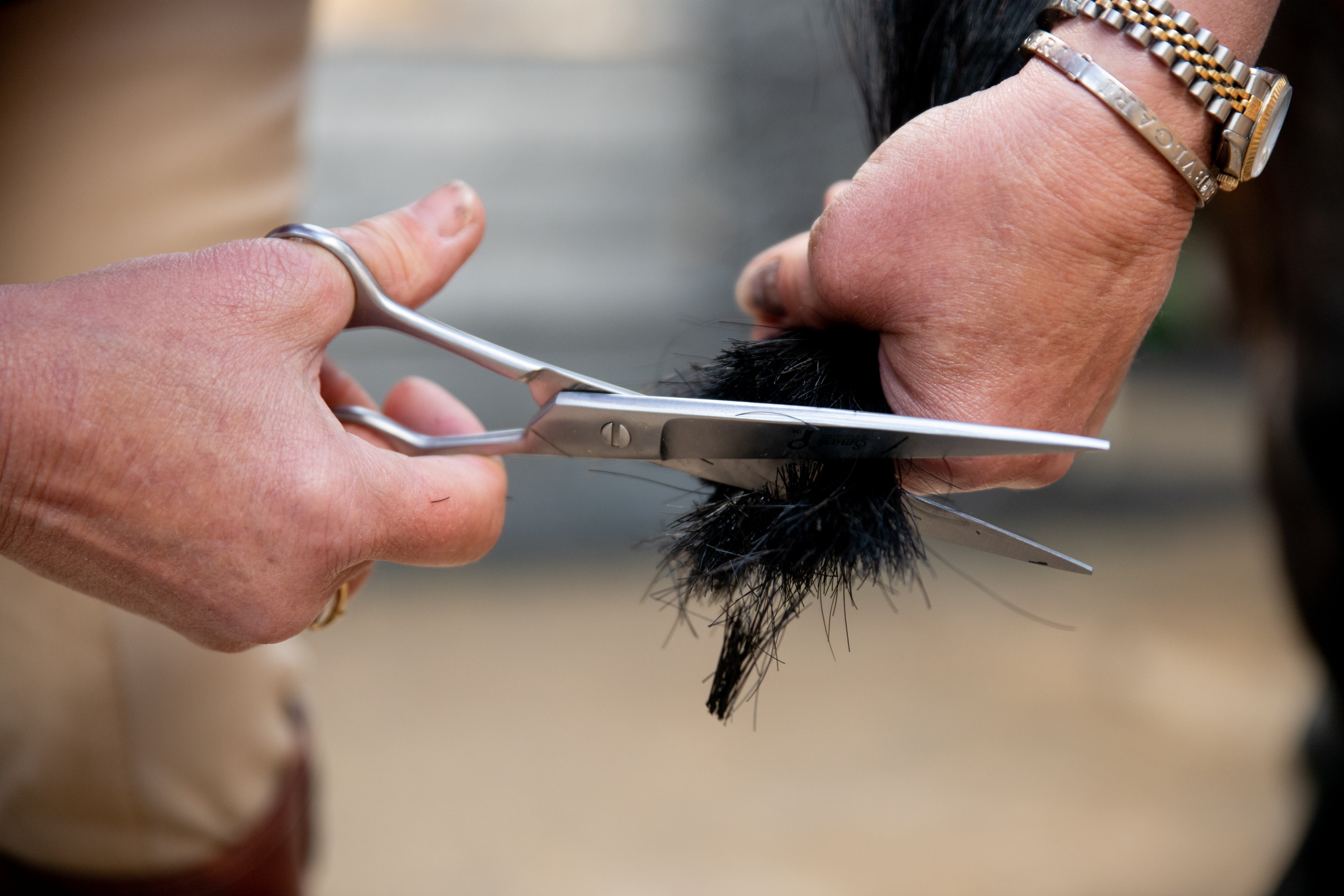

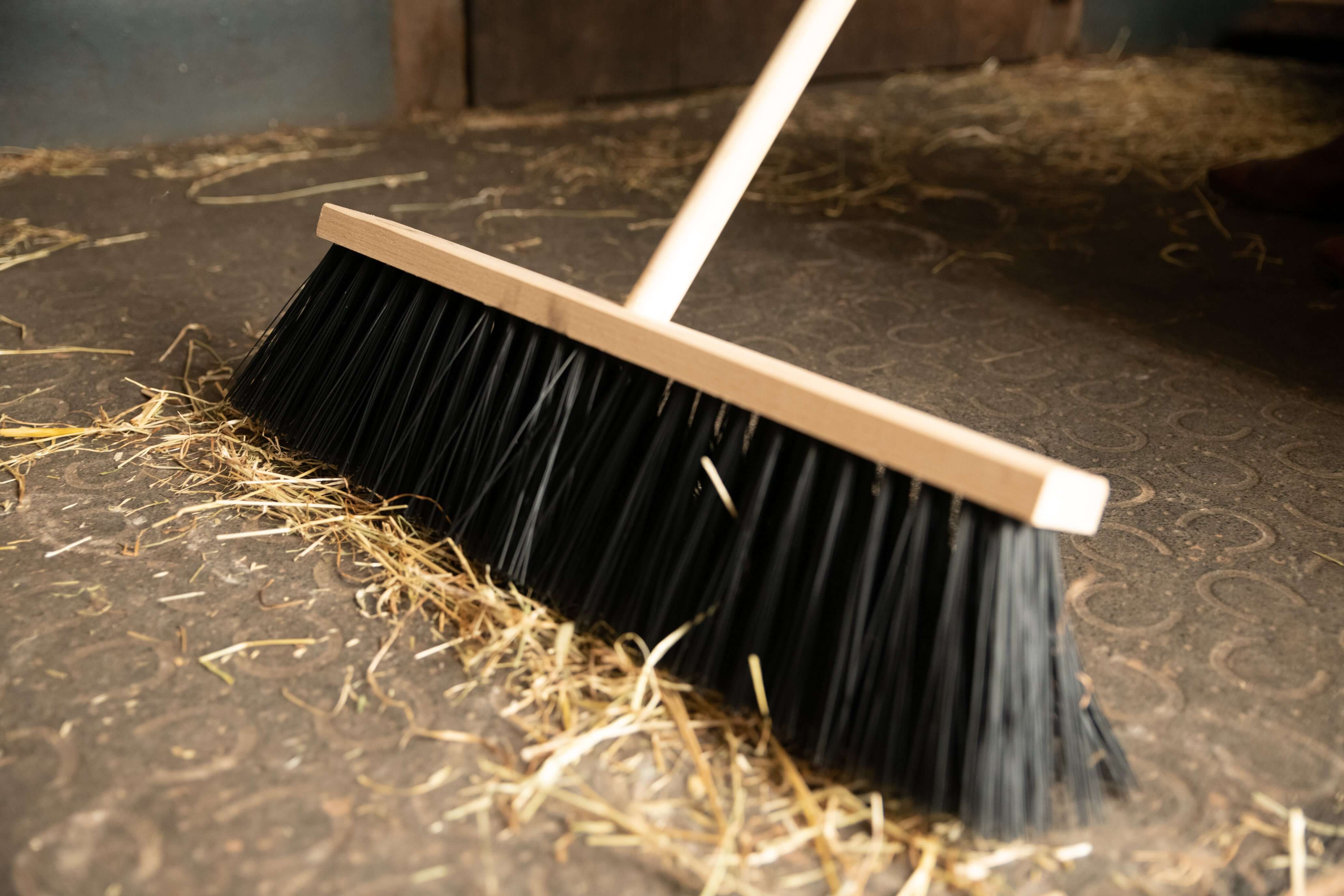
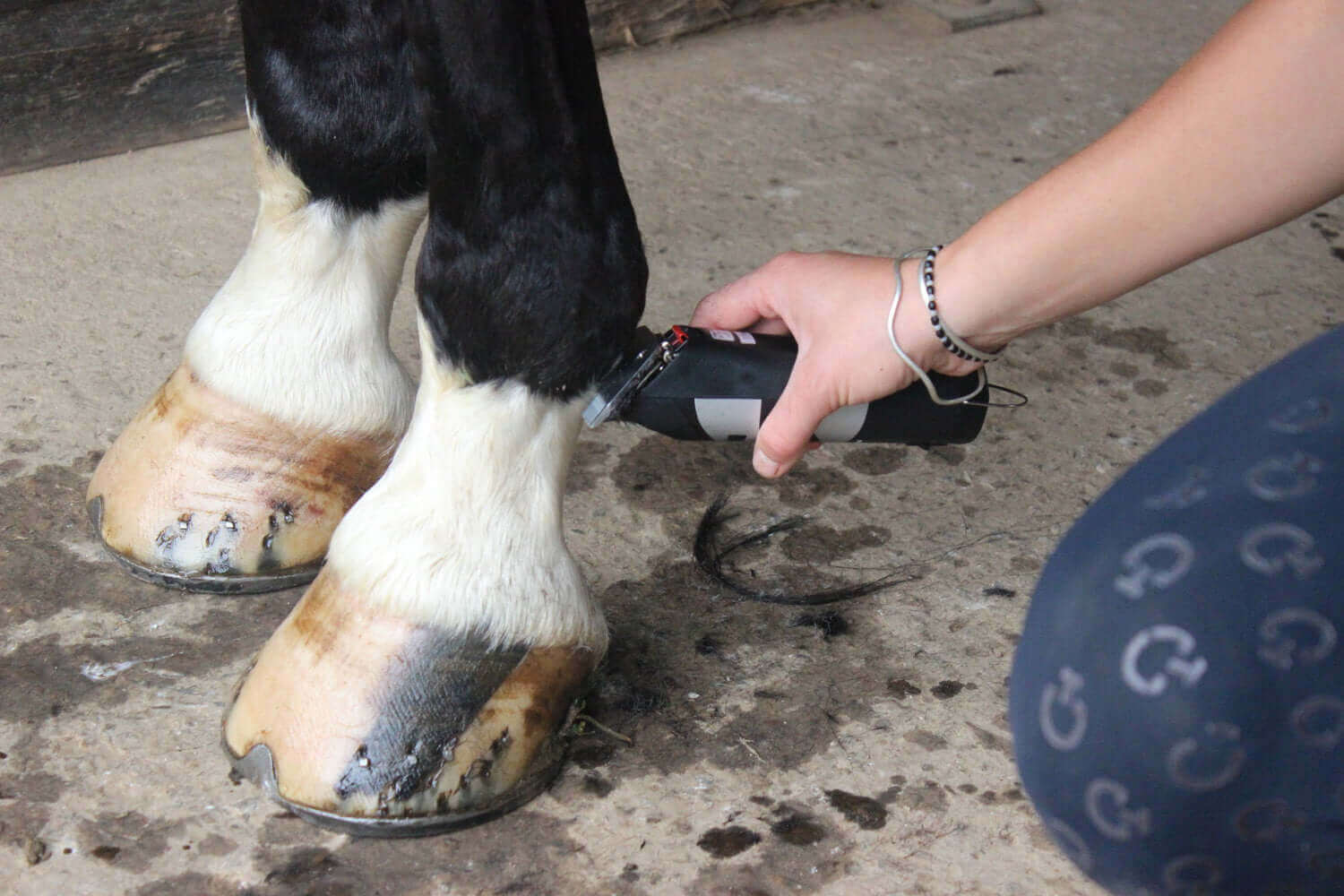
Dejar un comentario